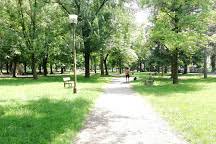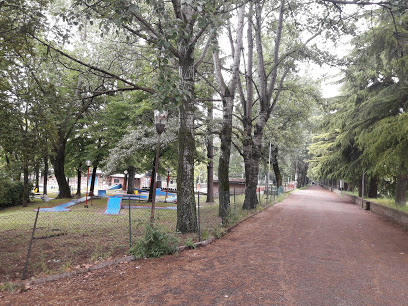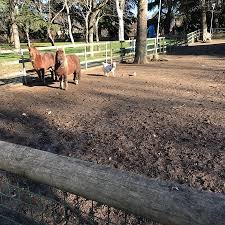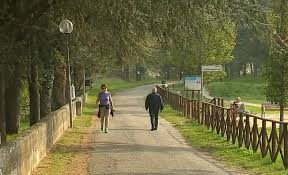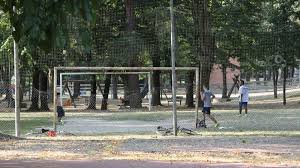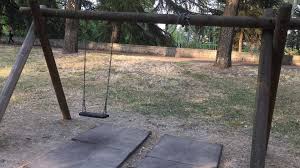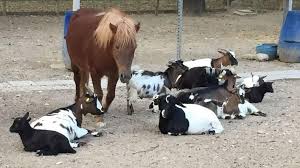Which has been fully traversed to form a large ring accessed through an ancient cart track (current via Monte Cesa), used for centuries by birocciai to supply gravel, gravel and rivers. From the 1950s, many families moved from the countryside to the area and began to build many houses there; in the same years, the street self-management committee was established, which then played a crucial role in the birth of the park. In the mid-1960s, the settlement process could be considered complete with a single housing system exposed to river flooding. In order to reduce this danger, the competent authorities, urged by the Commission, have begun to remove the watercourse that leads to the course of a new river directly located on the San Pellegrino Bridge. A large amount of land derived from fossils was used to fill the old bed, resulting in the current garden. The self-management committee accepted the proposal, for those innovative years, for the introduction of horseback and goat horses, which today is a major attraction for the park. The area includes various equipment and furnishings.
x
T
R
F
I
H
I
We have 16614 Parks Now ... The First and largest platform for green public parks
Parco delle Caprette
Parco delle Caprette
Via Monte Cisa, 27, 42123 Reggio Emilia RE, Italy
Every Day : 24 Hours .
About Park
-
Preview
It was originally crossed by Torrente CrostoloImportant Information
-
Every Day
24 Hours -
Park Area
28000.00 SQM
-
Every Day
-
Intertainment Elements
Sports
Sitting places
Entertainment
Trips
Kids area
Le Caprette - Piccolo zoo
-
Main Elements
- Cleanliness
- Green areas
- Open spaces
- Open paths for walking
- WIFI
- Toilets


